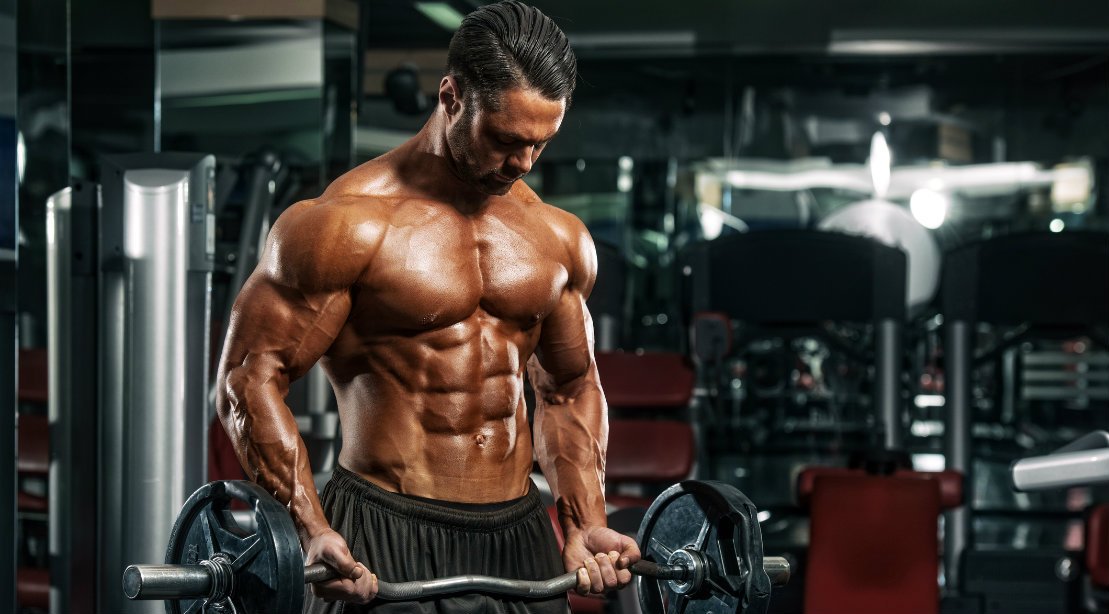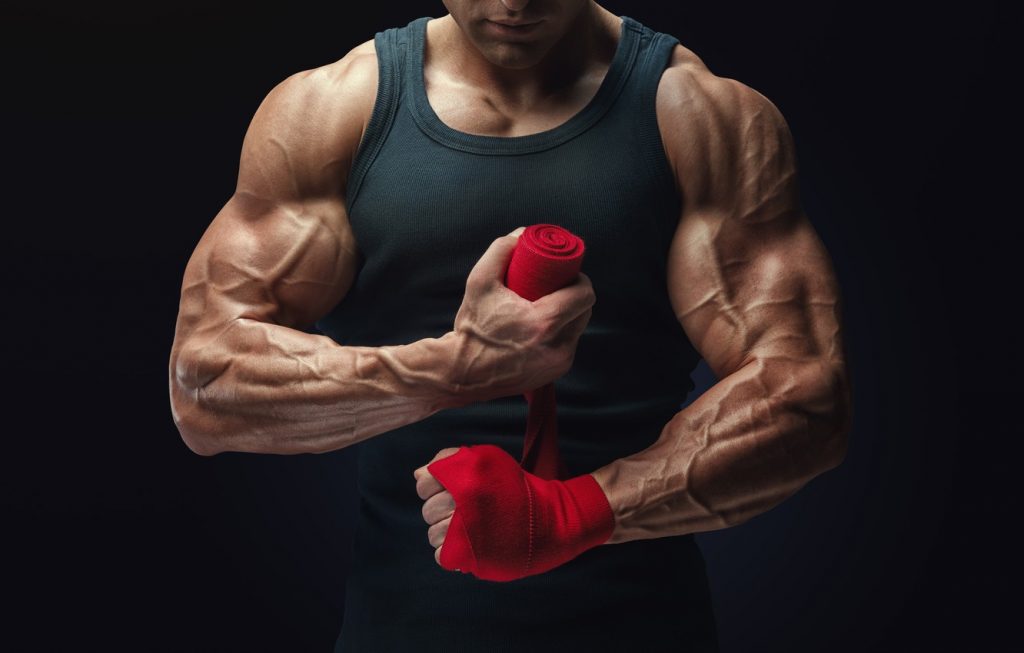Cardiovascular exercise

Most professional bodybuilders follow a seasonal and off-season diet (on / off), since it is almost impossible to have a slim, defined body and want to gain a considerable amount of mass muscular. One of the main keys to achieving a defined body is cardiovascular training . There’s a science mixed in with cardio to amplify your results, just like resistance training.
If you are a professional bodybuilder you will know the importance of cardio in the months of preparation before a bodybuilding contest since we could not enter a stage and win without it. Some bodybuilders do two hours of cardio a day, one in the morning and one at night.
Over the past 15 years cardiovascular training has received a ton of cues as the premier center for fitness, weight management and cardio-respiratory health. Cardiovascular training has many benefits. Helps reduce the risk of cardiovascular disease from factors such as obesity, hypertension, and high cholesterol.

Intensity low or high?
The yin and yang of the exercise world are aerobics and strength training. “Aerobics” refers to low intensity, extended time workouts that are intended to use up calories and burn fat. Strength training is high intensity. When it comes to combining aerobic exercise with strength training, the main mistake people make is that they use a progressive overload tactic in their aerobic workout.
A great form of cardiovascular exercise is High Intensity Interval Training (HIIT). She does this in intervals, and should be between 15 and 20 minutes. An example would be sprinting for 20 seconds and then brisk walking for 40 seconds before repeating the desired number of times. Or you could try the bike or the rowing machine.
Aerobic or anaerobic?
You must burn calories at a higher rate than you consume to lose weight. Aerobic calories burn fat while you inhale oxygen. Anaerobic calories burn glucose by converting it to starch in your muscles, known as glycogen. The accumulation of lactic acid as a side effect of anaerobic activity generates a burning sensation in the muscle. To lose fat the most, it’s pretty clear to focus on aerobics rather than anaerobic activities.
Swimming For cardio
Swimming is a very good cardiovascular exercise since in addition to improving your aerobic conditions (endurance), it mobilizes all the important muscle groups, such as shoulders, back, legs, arms. As swimming is an aerobic exercise that you can do for a long time and it also mobilizes large muscle groups, it allows us to burn many calories in one session. It also helps to tone (strengthen) the muscles involved, especially the back muscles, the deltoids and to a lesser extent the legs.
But a study from the University of California has revealed that swimming is less effective than cycling or running to lose weight. Over a six-month period, cyclists lost an average of 9 kilos, runners 8, and swimmers gained 2 kilos. The researchers suspect that the difference is in the activity itself. The water expels heat from the body, so dieting swimmers may have eaten something else to compensate for the heat loss.
Likewise, as an adaptation mechanism to exercise, swimmers have a higher percentage of body fat than other athletes. This is explained because the body responds to the specific stimulus of the sport, keeping fat, so as not to lose so much heat and thus feel warm, in addition to improving the body’s buoyancy.
That is why the choice of activities has to be appropriate in order to achieve your goals. On the other hand, the swimmer, due to his activity in the water, needs to perform muscular strength exercises to improve his power and thus be more effective in the pool.

Best duration time to burn fat with cardio.
Although it may be a great way to start, generic timing programs are ultimately going to limit you. At first, you need to tailor your cardio training, based on your goals, skill level, body type, and metabolism. You have to watch your body’s reaction to make progress once you’ve started taking action. There is no “best time” for the duration or frequency of cardio, other than the amount it takes to get the results you want.
Leave a Reply